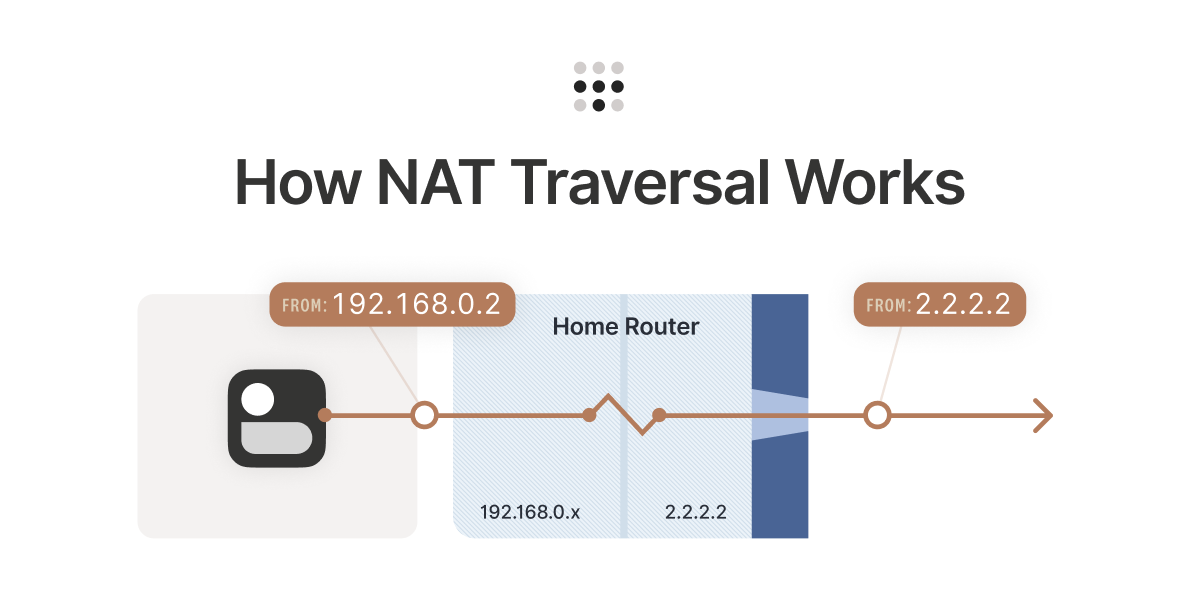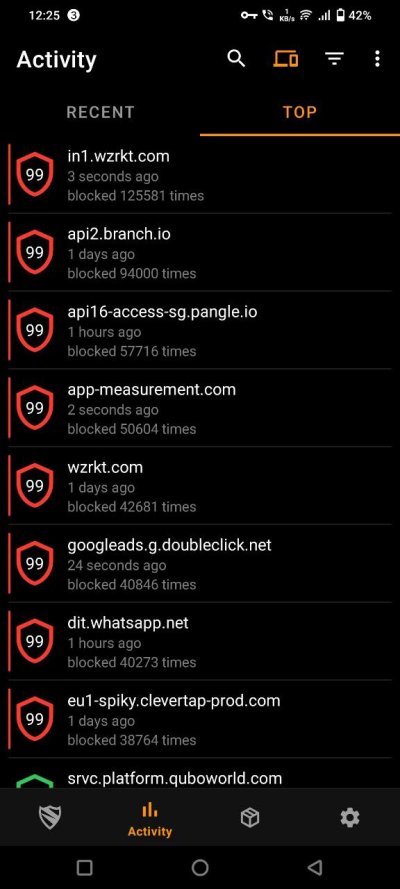enthusiast29
Juggernaut
I'm aware of the limitations in router hardware but thanks for highlighting it for the other person. About NextDNS I don't wanna pay monthly subscription fee for yet another service though, personal choice.If we use a large and agressive block-list *without* a beefy router with has large RAM, we will end up with seriously degraded router performance and internet. Ad blocking is very RAM intensive from my observations. The raspberrypi does this better because of the *very large* ram (compared to TP-Link AC750). NextDNS plugin off-loads adblocking to cloud where much more agressive blocking can be implemented which can also be used on **mobile internet**.
Nope.Does Pihole also blocks youtube ad?





